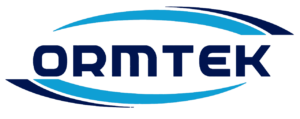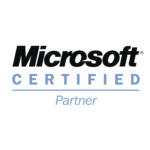12 Steps to remove operational friction
As your organisation grows or ages, a degree of operation friction builds. An intricate web of solutions stop helping and start hindering your business. These are either legacy systems or processes or solutions put into place when they were the only viable option. Moving through this melee costs time and money, and left unchecked can chew into budgets, stall progress and demoralise staff.
Reducing Operational Friction can free up valuable resources and get your operation running as efficiently as possible. See it as a spring clean for your organisation.
Reducing Operational Friction can free up valuable resources and get your operation running as efficiently as possible. See it as a spring clean for your organisation.
Let's take a look 12 steps to remove operational friction in your organisation.
Planning
Start by identifying the specific operational challenges and areas where friction exists. Conduct a comprehensive assessment, speak to your employees and to understand the pain points and bottlenecks.
Integration
Ensure that the selected technologies are seamlessly integrated into your existing systems and workflows. This integration can help to minimize disruption and ensure a smooth transition.
Analytics
Leverage data analytics to gain insights into your operations. Use data to identify patterns, optimize processes, and make informed decisions. This can help in identifying areas of improvement and enhancing overall efficiency.
Cybersecurity
With increased reliance on technology, it's crucial to prioritize cybersecurity. Protect sensitive data and systems from potential threats, breaches, and attacks.
Compliance
Ensure that your technology solutions adhere to industry regulations and standards. Compliance is crucial to avoid legal and operational complications.
Feedback
Continuously seek feedback from employees and users of the technology. Use this feedback to make necessary adjustments and improvements. Technology solutions should evolve to meet changing needs.
Technology
Choose the right technologies and tools that align with your objectives. This could include automation software, data analytics, cloud computing, or specialized industry-specific solutions. The choice of technology should be based on your unique needs.
Training
Invest in employee training and development to ensure that your workforce can effectively utilize the new technology. Well-trained staff are more likely to adopt and use these tools optimally.
Automation
Implement automation wherever possible. This can reduce human errors, speed up processes, and free up human resources for more strategic tasks. Examples include automating routine data entry or customer service tasks.
Scalability
Ensure that the chosen solutions are scalable to accommodate growth and changing operational needs. This can prevent future friction as your organization evolves.
Collaboration
Invest in collaboration and communication tools to enhance teamwork, particularly in remote or distributed work environments. Technologies like video conferencing, project management software, and instant messaging can facilitate collaboration.
Management
Keep an eye on the costs associated with implementing and maintaining technology. Monitor return on investment (ROI) and adjust your strategies as needed to maximize cost-effectiveness.
By following these steps, you can effectively reduce operational friction through well-applied and executed technological solutions. The key is to have a clear strategy, a commitment to adapt and improve, and a focus on the specific needs and goals of your organization.

